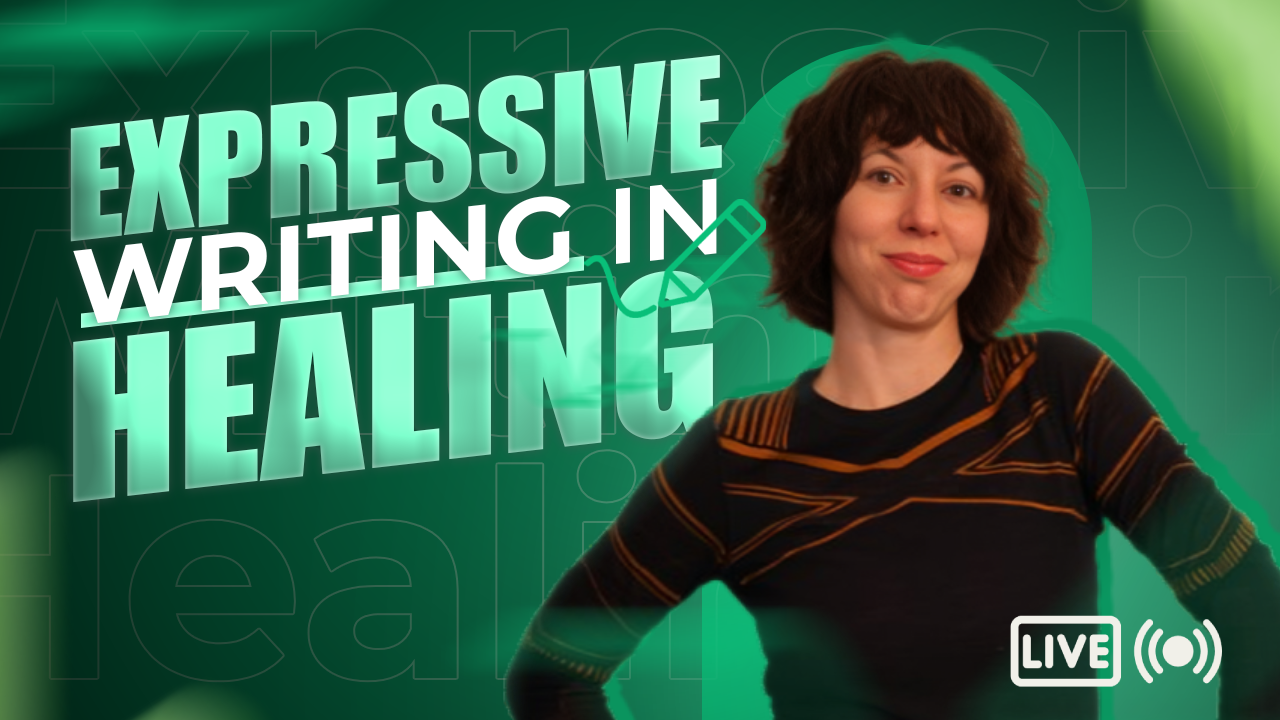Master the Art of Stillness: A Guided Meditation for HSPs
Challenges of Overthinking for HSPs
In today's episode, we explore the significant challenges faced by Highly Sensitive People (HSP) who often find themselves caught in the web of overthinking. Growing up in environments filled with chaos or stress, HSPs, with their sensitive natures, may develop a tendency to constantly process and reprocess thoughts. This overthinking is not just a habit but a deep-seated part of navigating their complex worlds. In an age where information is at our fingertips, the impulse to think continuously can become overwhelming, leading to psychological states like fragmentation and de-personalization.
Benefits of Stillness for Highly Sensitive People
In contrast to the bustling society that prizes constant activity, the practice of stillness offers numerous benefits for mental health, particularly for Highly Sensitive People. Engaging in stillness allows HSPs to step away from the relentless pace of daily life, reducing anxiety and promoting a sense of peace. This practice helps in creating a feeling of having more time in the day, enabling individuals to manage their responsibilities without the overwhelming rush. For HSPs, stillness is not just beneficial; it's essential for re-calibrating their sensory systems overwhelmed by constant stimulation.
Resistance to Guided Meditations
Despite its benefits, many HSPs hold subconscious resistance towards guided meditation. Common objections include misconceptions about the practice or the belief that there is not enough time. Addressing this resistance is crucial; guided meditation offers a structured way to ease into stillness, making it more accessible for those who might feel initially skeptical or overwhelmed by the concept.
Building a Guided Meditation Practice to Relieve Stress
Let's explore a guided meditation designed for HSPs to cultivate stillness and manage stress. Start by finding a comfortable position, whether sitting, standing, or lying down. Close your eyes, and place one hand on your heart and the other on your belly. This physical connection fosters a sense of presence within the body. As you breathe slowly—in through the nose, out through the nose—let go of the mental to-do list and allow thoughts to pass like clouds in the sky. Visualize your thoughts detaching from you and observe them without attachment.
Focus your awareness on different parts of your body, from the top of your head down to your toes, imagining each breath melting away tension like a candle. Soften each part of your body progressively—behind the eyes, the neck, shoulders, and down through your torso and limbs. This practice not only promotes physical relaxation but also mental clarity.
End the meditation by acknowledging your entire body, feeling gratitude for its strength and resilience. Recognize the spaces that require an apology for neglect or an affirmation of love and respect. This moment of stillness is an act of self-love and an essential step toward better mental health and well-being.
Conclusion
This guided meditation is more than just a practice; it's a gateway to mastering the art of stillness, especially tailored for Highly Sensitive People. By integrating these techniques into your routine, you can enhance your mental health, manage stress more effectively, and experience a profound transformation in both mind and body. Embrace this journey of stillness, and allow it to enrich your life in unimaginable ways. Thank you for joining me in this moment of calm and connection. Light and love to you on this path to deeper self-understanding and peace.
Episode Tags
- ADD 1
- Abuse 14
- Alcohol 3
- Anger 9
- Bullying 5
- Childhood 37
- Codependency 8
- Covid 4
- Crystal Catalina 4
- Depression 15
- Detachment 2
- Disassociation 4
- Emotions 74
- Existentialism 2
- Faith 1
- Family 25
- Fatigue 4
- Focus 3
- Gratitude 11
- Grief 10
- Guilt 2
- Healers 7
- Healing 51
- High Sensation 4
- Hope 1
- Hypervigilance 7
- Introverts 6
- Lonliness 7
- Love 3
- Manifesting 5
- Manipulation 19
- Men 1
- Mindfulness 38
- Money 10
- Music 3
- Nutrition 2
- Overthinking 8
- PTSD 11
- Parenting 12
- People Pleasing 7
- Perfectionism 6
- Pets 4
- Relationships 13
- Resiliency 12
- Sadness 1
- Self Esteem 16
- Self Love 11
- Self Respect 1
- Self-Care 24
- Sex 1
Upcoming Events
Episode Tags
- ADD 1
- Abuse 14
- Alcohol 3
- Anger 9
- Bullying 5
- Childhood 37
- Codependency 8
- Covid 4
- Crystal Catalina 4
- Depression 15
- Detachment 2
- Disassociation 4
- Emotions 74
- Existentialism 2
- Faith 1
- Family 25
- Fatigue 4
- Focus 3
- Gratitude 11
- Grief 10
- Guilt 2
- Healers 7
- Healing 51
- High Sensation 4
- Hope 1
- Hypervigilance 7
- Introverts 6
- Lonliness 7
- Love 3
- Manifesting 5
- Manipulation 19
- Men 1
- Mindfulness 38
- Money 10
- Music 3
- Nutrition 2
- Overthinking 8
- PTSD 11
- Parenting 12
- People Pleasing 7
- Perfectionism 6
- Pets 4
- Relationships 13
- Resiliency 12
- Sadness 1
- Self Esteem 16
- Self Love 11
- Self Respect 1
- Self-Care 24
- Sex 1




















